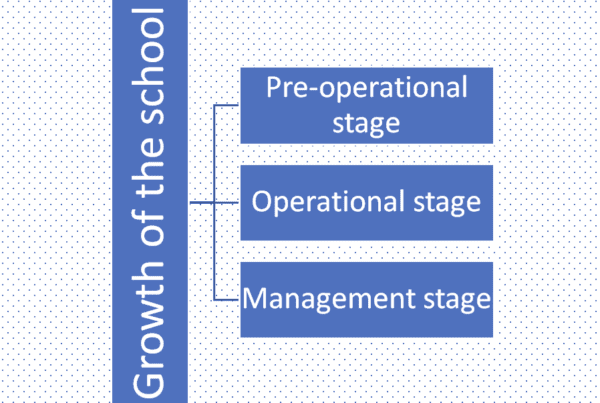Creativity and innovation are the main drivers behind any successful idea. These are not just buzzwords; they are now key themes when discussing policy making, business strategy, and technology development. However, whilst we are expected to be creative in order to thrive, these skills are not formally or widely taught. On the contrary: it is argued that today’s schools are actually killing children’s creativity. Considering the highly competitive and entrepreneurial culture in which we are currently immersed, creativity is very likely to be the most sought characteristic of individuals in the future. However, for that to happen, the way these skills are fostered must change radically.
How to foster creativity in schools
Presumably, some school contexts favor creativity more than others, so it becomes fundamental to identify the key elements that foster creativity in schools, as well as the elements that hinder it. These elements may comprise the physical environment, resources and materials available, pedagogical practices, the culture of both the school and the society in which the school is inserted, and teachers’ behaviors and their relationships with students. in general, there are seven alternative ways to nurture creativity in education that are common in schools:
- Incorporating traditional creative dynamics or techniques into children’s education. Pre- and post-testing results show that such interventions are effective in creativity measurements. However, no long-term effects have been proven and most of the existing results haven’t captured the multidimensionality of creativity.
- Designing the physical environment. Traditional school spaces don’t foster creativity and imagination; open spaces do so much more. However, it becomes difficult to tell whether the increased perceived creativity is due to the environment or to the change in pedagogy that is often associated with that. In fact, we still lack empirical evidence on the impact of innovative learning environments.
- Making extensive use of digital technologies. In particular, there is a very strong trend towards creating maker spaces in schools, although the main driver for this is the recent push for STEM disciplines rather than creativity nurturing itself. Yet, maker spaces should be associated with changes in pedagogies to be effective, such as incorporating more problem- and process-oriented learning instead of content-oriented.
- Adopting alternative pedagogies or educational practices to foster students’ collaboration and autonomy. These include pedagogies based in the work of Paulo Freire (Brazil), Reggio Emilia (Italy), Rudolf Steiner (Austria), Emmi Pikler (Hungary), Celestin Freinet (France), and Maria Montessori (Italy). In fact, the last two have already shown benefits to students’ creativity when compared to students who have undergone traditional pedagogy.
- Teaching arts. Research has shown that arts orientation correlates with creative behaviors, and that participation in artistic activities has a positive effect in our creativity development. It is also known that innovations in STEM usually come from people with strong artistic inclinations. However, creativity isn’t only a privilege of those associated with the arts, and ideally it should be stimulated in all other subjects.
- Selecting teachers who are creative role models. Adults impact children’s development and it has been shown that mutual respect, flexibility, and dialogue are key elements in the teacher-student relationship for creativity development. However, teachers often find it difficult to incorporate creativity into traditional pedagogies when the school culture doesn’t encourage it.
- Creating a culture of creativity; one that encourages tolerating uncertainty, autonomy, confidence and risk-taking, failure and acceptance, and collaboration in the classroom. Individuals tend to conform to the environment in which they are set; that does not mean that a culture of creativity will necessarily boost the creative capacity of individuals, but at the very least it won’t contribute to the significant loss of creativity that happens over the school years.




